Patient Sit to Stand Lifts - Stand Up Assist - Sara Lift and More
Sit to Stand Lifts are often referred to as "sara lifts," "lift ups," "stand assist devices" or "stand up lifts” due to what they do: These solutions help partially mobile patients rise from a sitting to a standing position to get out of bed or a chair. Depending upon context and a patient’s upper body strength, sit-to-stand lifts may also help mobility patients transfer from standing to sitting safely.
Sit-to-stand devices work for patients who still have some muscular strength but not enough to safely change positions by themselves. These standing lifts help weight-bearing patients maintain greater independence and achieve safer transfers in their own homes. They further help patients feel secure about standing without risking a fall, but when a patient does slip and need assistance, products such as the Manger Elk Lift are ideal in these situations.
-
Cost-Effective
MedlineMedline Electric Stand Assist LiftProduct Highlights
- Easy operation
- Durable powder coat finish
- Offers 6-point cradle
- 80 to 100 average lifts per charge
-
Highly Reviewed
Graham-FieldGraham Field Lumex Stand Assist Patient Transport Lift - LF1600PRODUCT HIGHLIGHTS
- Helps people stand on their own
- For use in living rooms, bathrooms, and medical facilities
- Comfortable padded split-wing seat
- Stable base for safety
- Designed for caregivers and patients
-
Best in Class
Graham-FieldLumex Sit-to-Stand Patient LiftProduct Highlights
- Easy to move and transport
- Built in emergency stop button
- Made of welded, heavy-gauge steel
- 400 and 600 pound weight capacity, respectivley


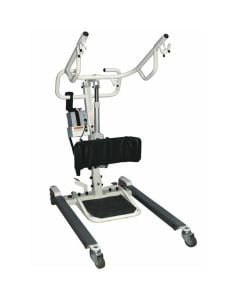


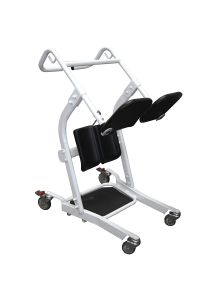
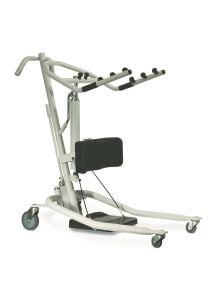
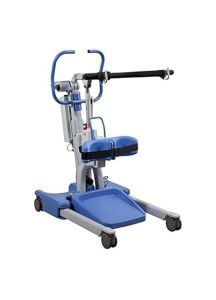
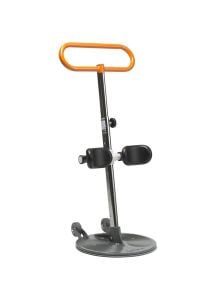
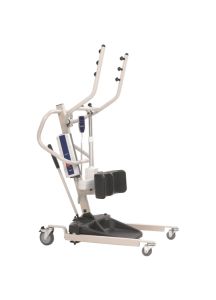
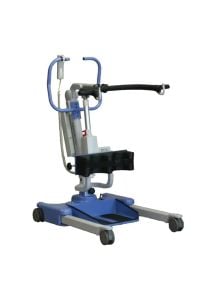

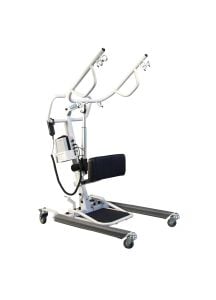
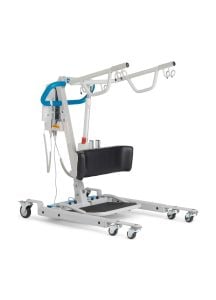
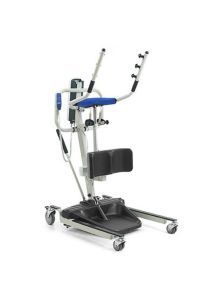
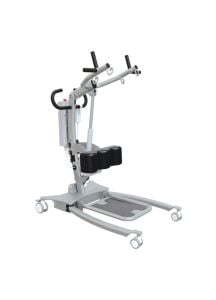
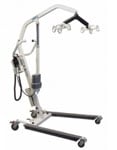
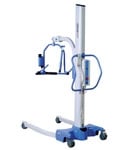
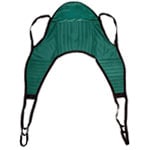
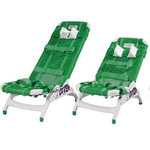
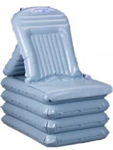
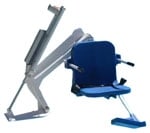
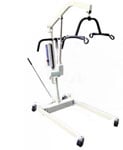
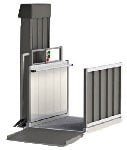


Login and Registration Form